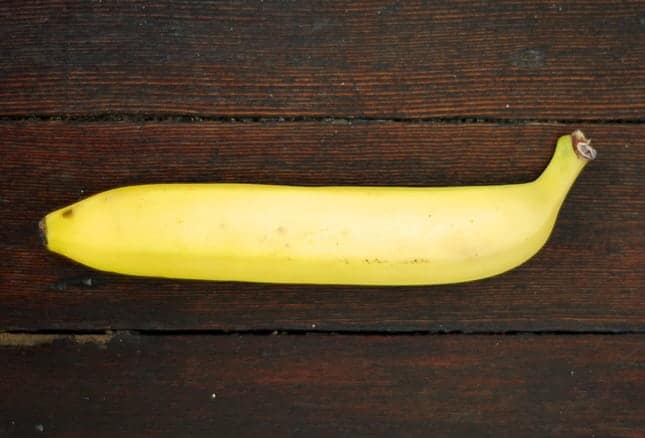The Myths and Truths About Penis Size
I take care of men for a living and easily the most common question I’m asked is this: “While you’re down there Doc, can you tell me if I’m…you know…normal?” From a hot potato standpoint, I liken this question to when my wife asks me how she looks in a dress.

Penile Mythology
The popular culture of penis size runs wide and deep. But there’s also a respectable body of science on penis size. And what this science suggests is that most men fall within what is considered the “normal” penis size range, with a mean flaccid (limp) penis length of about 3.5 inches and a mean erect length of 5 inches. And yes, those lengths were measured by scientists: in polls where men self-report penis size, the results tend to be, shall we say, exaggerated. Not only that, but most men are just fine with their penis size, as 88% rate their penis size as average or large. So, my friend, there’s a good chance that your penis is well…normal.
What about the folk belief that purports that penis size is linked to hand or foot size or is related to race, height or weight? Researchers in the United Kingdom sought to find a link between shoe size and penis size and found that these were unrelated. While there does seem to be a consistent scientific correlation between penis size and a man’s height, it’s a weak one at best. Hands may be a marginally better indicator, but it’s not the overall size of the hands but the ratio of finger sizes: the longer the ring finger is compared to the index finger, the longer the penis is likely to be. Still, the best way to assess penis size is to look directly at it.
Grower or Show-er?
The science does confirm that there really are “growers” and “show-ers” among us. Show-ers are definitely in the minority: 80% of men have penises that can best be described as growers. Examining penis physics, on average there is a 42% increase in penis length from the flaccid to erect state, with growers enlarging more than show-ers. Yup, men with shorter flaccid penises typically grow in size more dramatically than do men with larger flaccid penises. It also means you can’t judge a man’s sexual prowess by how he appears in the locker room. Maybe, it’s nature’s way of bringing a little equality to the world of penises.
Why the Size?
We probably know about as much about the genetics of penis size as we do about tongue size and shape. In other words, very little. It’s likely that there are genetic determinants to penis size and shape, which are modified by hormonal responsiveness during early childhood and puberty when penile growth “spurts” occur. What is clear (and comforting) is that the human penis is both longer and thicker than that of any other primate relative to body size. The good news here is that we as a species are relatively well endowed.
The Size of the Bat
The ultimate question here is whether the size of the baseball bat leads to more home runs? Maybe, but it’s far more likely that the skill of the swing matters more. In fact, if you ask women, the authors of much of penile mythology, what makes penises attractive, the answer might surprise you. In an incredible but true study, women were asked to judge the sexual attractiveness of men with varying penis sizes and different male body shapes. Not surprisingly, penis size mattered…but only in the context of other equally sexy features about men, including shoulder-to-hip ratios and height. Diving even deeper, penis size mattered a lot less to overall attractiveness when its flaccid length was at least 3 inches (remember average in US men: 3.5 inches). These findings agree with other research that observed that 85% of women were entirely satisfied with their partner’s penis size, Reminds me of the words of Wendelin Wiedeking: if size were all that mattered, “then dinosaurs would still be alive.”









